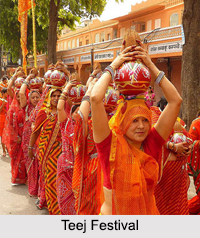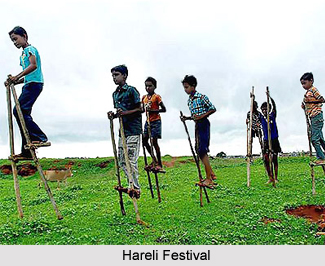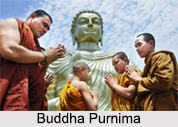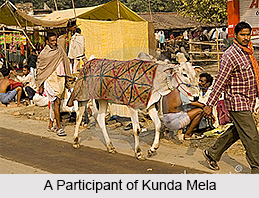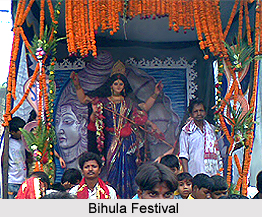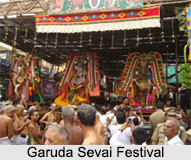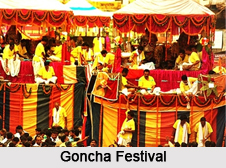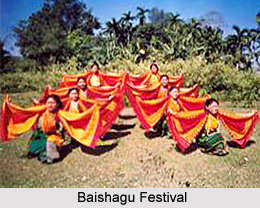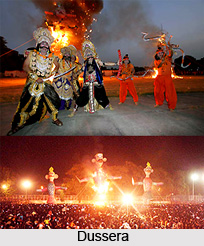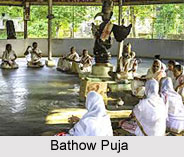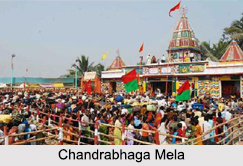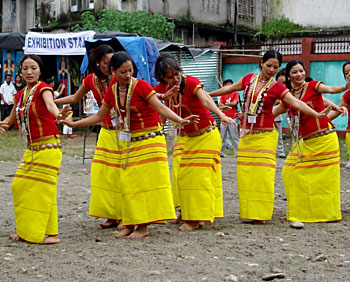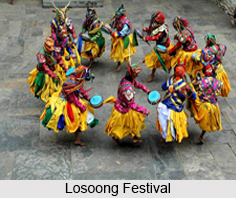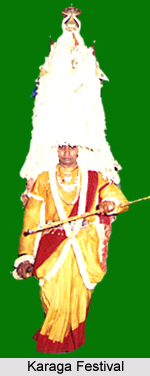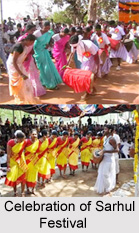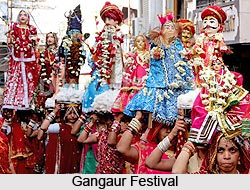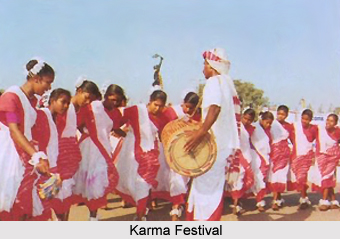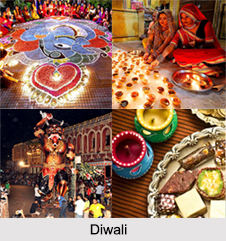 Regardless of faith, Diwali is one of the most celebrated and awaited festivals in India and is usually celebrated 18 days after the Dusshera festival. Diwali is a 5 day celebration that is observed every year in early autumn after the conclusion of the summer harvest and coincides with the new moon, known as the amavasya, which is the darkest night of the Hindu calendar. The main festival of Diwali is held on the third day and is declared as an official holiday in about a dozen countries.
Regardless of faith, Diwali is one of the most celebrated and awaited festivals in India and is usually celebrated 18 days after the Dusshera festival. Diwali is a 5 day celebration that is observed every year in early autumn after the conclusion of the summer harvest and coincides with the new moon, known as the amavasya, which is the darkest night of the Hindu calendar. The main festival of Diwali is held on the third day and is declared as an official holiday in about a dozen countries.
Etymology of Diwali
The word Diwali is derived from the Sanskrit word "dipavali" which means rows or series of lights. Here, dipa means light or lantern which illuminates and glows and the word avali means a range or row.
Symbolism of Diwali
The main concept of the festival of Diwali is to mark the victory of good over evil. Light is a metaphor for knowledge and consciousness and the festival symbolises the spiritual victory of light over darkness, good over evil and knowledge over ignorance. Households are illuminated with lights, and firecrackers fill the skies as an expression of respect to the Gods for the attainment of health, wealth, knowledge, peace and prosperity.
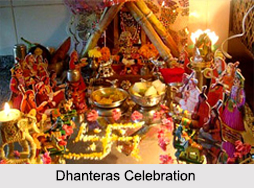 History of Diwali
History of Diwali
Historically, Diwali can be traced back to ancient India, when it was likely a fusion of harvest festivals. There are mentions of the festival in sacred Sanskrit texts like the Padma Purana and the Skanda Purana, both of which were completed in the second half of the 1st millennium CE. In the Skanda Kishore Purana, the lamps are symbolic as they are considered to be the cosmic giver of light and energy to all forms of life.
Over the centuries, discoveries were made which revealed that there have been mentions of Diwali in various Sanskrit inscriptions made of stone and copper. Examples include a 10th century Rashtrakuta empire copper plate inscription of Krishna III, the last king of the dynasty, which mentions the festival of light. Then there is the 12th century mixed Sanskrit- Kannada Sinda inscription discovered in the Isvara temple of Dharwad in Karnataka where the inscription refers to the festival as a sacred occasion.
Origin of Diwali
There are a few popular legends associated with Diwali and these tales tend to vary from the different regions in India, which has their own versions to explain. According to some sources, it is believed that the festival of Diwali is celebrated as the marriage ceremony of Goddess Lakshmi with Lord Vishnu. In West Bengal, the festival is dedicated to the worship of Goddess Kali, the goddess of strength.
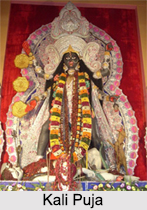 Myth has it that Lord Krishna assassinated the demon king Narakasura and rescued 16,000 women from his captivity; hence Diwali is celebrated as a victorious festival. While in the Hindu epic, Mahabharata, it is mentioned that it was Kartik Amavasya when the Pandavas appeared from their 12 years of banishment, as a result of their defeat in the hands of the Kauravas at the game of dice. The subjects who loved the Pandavas celebrated the day by lighting earthen lamps.
Myth has it that Lord Krishna assassinated the demon king Narakasura and rescued 16,000 women from his captivity; hence Diwali is celebrated as a victorious festival. While in the Hindu epic, Mahabharata, it is mentioned that it was Kartik Amavasya when the Pandavas appeared from their 12 years of banishment, as a result of their defeat in the hands of the Kauravas at the game of dice. The subjects who loved the Pandavas celebrated the day by lighting earthen lamps.
According to the epic Ramayana, it was the new moon day of Kartik when Lord Rama, Ma Sita and Lakshmana returned to Ayodhya after vanquishing Ravana and conquering Lanka. The citizens of Ayodhya decorated the entire city with the earthen lamps and illuminated it. In Jainism, Diwali is celebrated to mark the great event of Lord Mahavira attaining the eternal bliss of nirvana. Diwali is a composite festival, which includes other small festivals as well. Each of these festivals has different legends, sagas and myths associated with it.
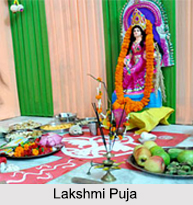 Celebration of Diwali
Celebration of Diwali
The festival formally begins 2 days before the night of Diwali, and ends 2 days thereafter. Elaborately discussed below are all the 5 days of the festival:
Dhanteras (Day 1): Dhanteras is celebrated on the 13th lunar day of Krishna Paksha or the dark fortnight and is the first day that marks the festival of Diwali in India. The Hindu God, Dhanwantari, who is the God of Ayurveda, is worshipped on this occasion. Since October 2016, Dhanteras is observed as the "National Ayurveda Day".
According to a popular legend, when the devas and asuras performed the Samudra Manthan or the churning of the ocean for Amrita, the divine nectar of immortality, Dhanvantari emerged carrying a jar of the elixir on the day of Dhanteras. Goddes Lakshmi too emerged from the ocean of milk during the churning of the sea and thus on Dhanteras, many Hindu families offer prayers and lay offerings to the Goddess of wealth.
Naraka Chaturdasi (Day 2): Since celebrated a day before Diwali, the festival of Naraka Chaturdashi is also known as Choti Diwali. The day and its rituals are interpreted as ways to liberate any souls from their suffering in Naraka or hell, as well as a reminder of spiritual auspiciousness. For some Hindus, it is a day to pray for the peace to the manes, or deified souls of one`s ancestors and light their way for their journeys in the cyclic afterlife. In few of the Southern states of India like Goa, Karnataka and Tamil Nadu, Naraka Chaturdasi is celebrated as Diwali.
Diwali (Day 3): Diwali is celebrated on the third day of the festival, when the moon completely wanes and total darkness sets in the night sky. This day is also celebrated by worshipping Goddess Lakshmi. During Lakshmi Puja, small footprints are drawn with rice flour and vermilion powder all over the houses. This is a sign of arrival of Goddess Lakshmi, who brings in fortune, beauty, prosperity and wealth. The puja is performed in the evenings by lighting lamps to ward off evil. Devotional songs are sung in praise of the Goddess and Naivedya, which is the offering of food, is done to the deity.
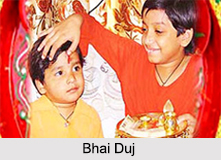 Padwa (Day 4): This fourth day of Diwali falls on the first day of the month of Kartik in the Hindu calendar. It is known as Varsha Pratipada or Pratipad Padwa. Varsha Pratipada symbolizes the coronation of King Vikramaditya and Vikaram-Samvat on this Padwa day. Padwa is the beginning of the New Year. As the name suggests, this day is celebrated as the New Year`s Day amongst the Hindus. This day is considered as the most auspicious day to start any new venture. The agricultural symbolism is also observed on this day by many Hindus as Annakut, literally meaning mountain of food.
Padwa (Day 4): This fourth day of Diwali falls on the first day of the month of Kartik in the Hindu calendar. It is known as Varsha Pratipada or Pratipad Padwa. Varsha Pratipada symbolizes the coronation of King Vikramaditya and Vikaram-Samvat on this Padwa day. Padwa is the beginning of the New Year. As the name suggests, this day is celebrated as the New Year`s Day amongst the Hindus. This day is considered as the most auspicious day to start any new venture. The agricultural symbolism is also observed on this day by many Hindus as Annakut, literally meaning mountain of food.
Bhai Duj (Day 5): The last day of the festivities, Bhai Duj or Bhau- beej or Bhai Phonta celebrates the bond between a brother and sister, similar to the spirit of Raksha Bandhan. This festive day is interpreted by some to symbolise Yama`s sister Yamuna welcoming Lord Yama with a tilaka, while others interpret it as the arrival of Lord Krishna at his sister, Subhadra"s place after defeating Narakasura.
In conclusion, Diwali is not just about lights, crackers, sharing sweets and worshipping Goddess Lakshmi, but is also a day for reconciliation. There are social gatherings and people exchanging wishes. It signifies the removal of inner darkness that covers the light of knowledge. It is celebrated throughout India as well as in other countries in a grand way. This is a festival of all irrespective of religious and economic backgrounds.
